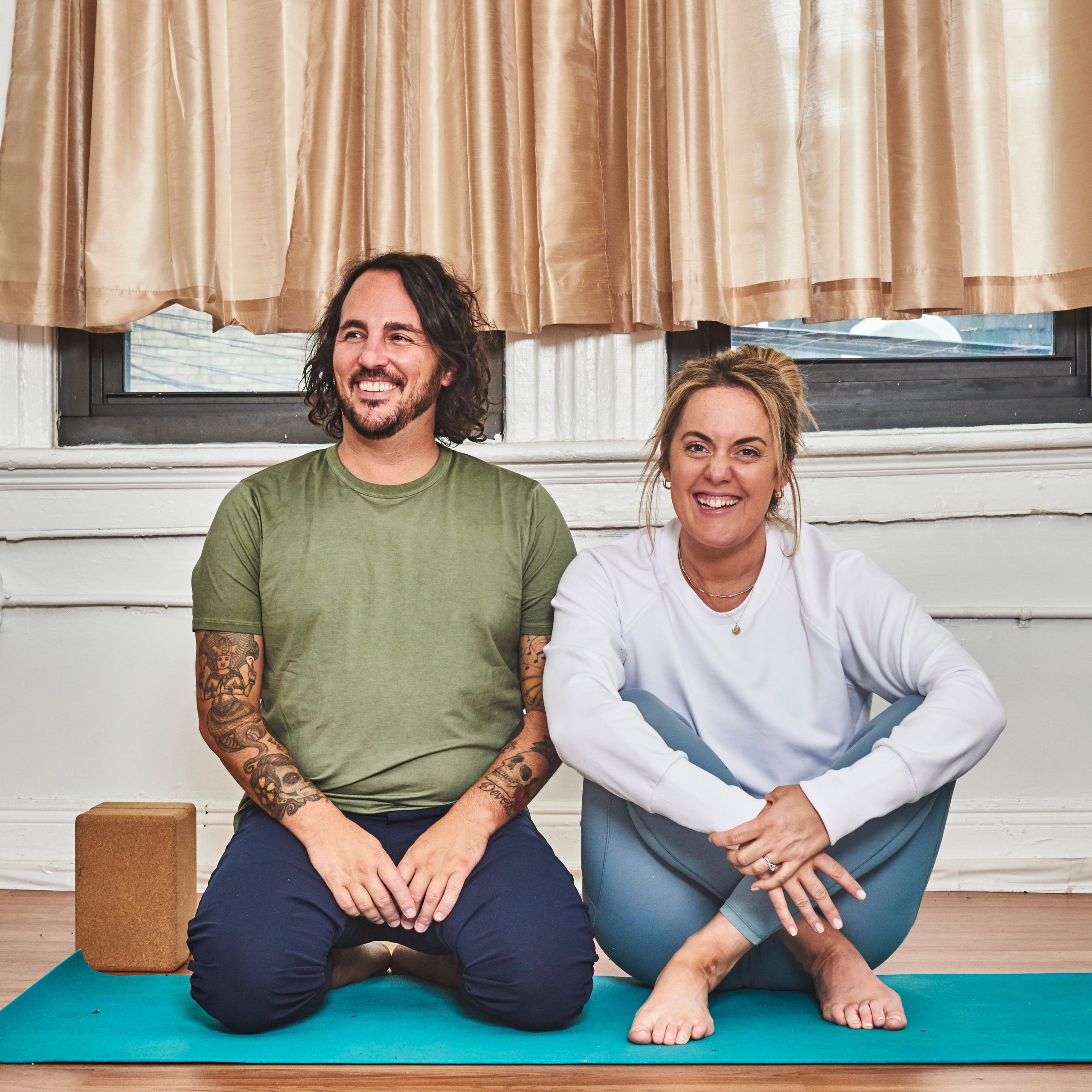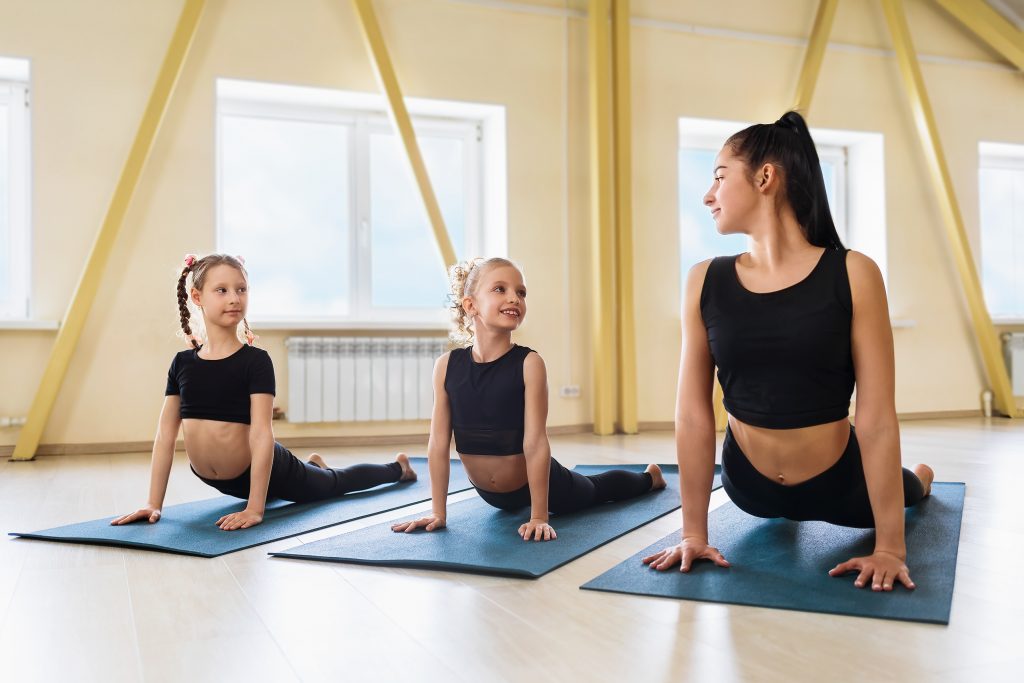We’ve all heard about it. It seems like everyone on social media is talking about it, but what is intuitive eating, and how is it connected to mindfulness? It isn’t really new, but it seems to have become more popular over the last few years.
The anti-diet approach was first introduced in 1995 by Californian dietitian Evelyn Tribole and nutrition therapist Elyse Resch with the bestselling book Intuitive eating. According to research, intuitive eating has been linked to a decreased emotional eating behavior with higher levels of mindfulness and even a lower BMI. The idea behind the concept is to stop restricting and (re-)learning how to identify your body’s signals of what it really needs to nurture yourself without categorizing food into good and bad.
As a holistic nutritionist, I eat intuitively for many years now and have never felt better.
So let’s get into the details; Only eat when you are hungry, and stop eating when you feel full. Without prohibitions, without renunciation. Easier said than done, right? Mainly because we live within a society that is abundant in easily accessible food. Mindfulness often plays hardly any role in everyday life. We eat out of habit and ignore signals from our bodies. Instead, external signals often dominate our diet: advertisements for the latest ice cream, cooking tutorials, or food photos on Instagram. So although we are well satiated, we often get the feeling of being hungry anyway.
Research has shown, though, that intuitive eating strategies and skills can be re-learned and sustained. The following ten principles of intuitive eating will help you get started, and I would like to break them down for you in a beginner-friendly way;
Reject the diet mentality
Diets are often doomed to failure in advance and are not a long-term solution if you want to reach your feel-good weight. On the contrary, they usually lead to renewed weight gain – even I, a nutritionist, have fallen into that trap in the past.
Honor your hunger
Hunger is not your enemy. It’s your body’s natural defense mechanism and desire to be fed. You’ll often read to suppress your hunger with a big glass of water. Forget that. Eat when you’re hungry – whether the last time you ate was one hour or four hours ago.
Make peace with food
Stop splitting food into good and bad. Everything is allowed. If you eat intuitively, you eat everything you want. Pay attention to the taste and the feeling that the meal leaves after eating.
Challenge the food police
This is a crucial step on your path of becoming an intuitive eater; The “food police” are the thoughts that tell you that you should feel good or bad after eating. Reject these thoughts and stop feeling guilty if you ever ate a bag of potato chips or a chocolate bar.
Discover the satisfaction factor
Eating is not just about getting full. Food should make you satisfied and well-nourished. So sit down, make time and take your meal in peace and with all your senses.
Feel your fullness
Learn to listen to your body’s signals; If you eat slowly and calmly, you’ll quickly know when enough is enough. You haven’t finished your plate yet? That doesn’t matter; just save the rest of the meal for the next day instead of forcing yourself to eat it all.
Cope with your emotions with kindness
When you’re stressed out or sad, you automatically reach for chocolate. Does that sound familiar? I’ve been there too.
It’s perfectly okay to feel sad, anxious, angry, or lonely. Food is often used to make you feel better. But remember, food won’t solve your problems. Find other ways to deal with your feelings. A Yoga session, a phone call with your best friend, or an entry into your gratitude journal can be beneficial.
Respect your body
One of the most important principles of intuitive eating; You are enough. Accept your body the way it is and learn to love yourself. Your value does not depend on the way you look or how much you weigh.
Move
Instead of thinking about which workout burns the most calories, consider, “What activity is fun and makes me feel good?” It doesn’t matter if that’s Yoga, running, dancing, biking, or strength training. If you enjoy your exercise routine, you will be more likely to stick with it.
Honor your health
Choose food that promotes your health and helps you feel good. You don’t have to eat perfectly all the time to be healthy, though. No particular food will make you sick overnight. The journey is the destination.
Remember, intuitive eating is not a diet. Instead, it’s an expedition to more self-love. Applying ten principles can feel overwhelming first, just start with the one that seems most natural to you and add another once your new habit has manifested. You’ll quickly discover that it doesn’t require effort as you learn to simply trust your intuition again.
Something that is close to my heart and I would like to mention is that if you have in the past or are currently struggling with an eating disorder, I know letting go of numbers can feel challenging and scary; I have worked with clients who gained weight when first introduced to intuitive eating, and this can be triggering. Just know that this is a very normal and even healthy response from your body when you restricted yourself for a long time. Still, the chances are high that you will bounce back to your healthy feel-good weight when your body realizes that this is the new standard and it doesn’t need to store for tough times. Additionally, I suggest unfollowing all social media accounts that glorify unrealistic body types and food restrictions.
Be patient and gentle with yourself on this worthy journey.
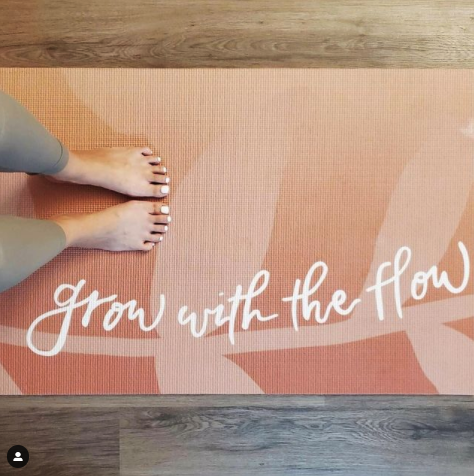




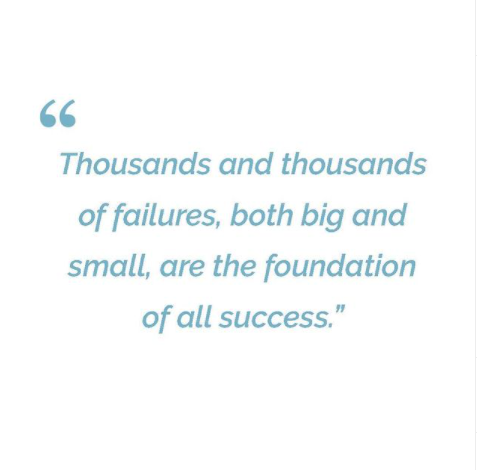

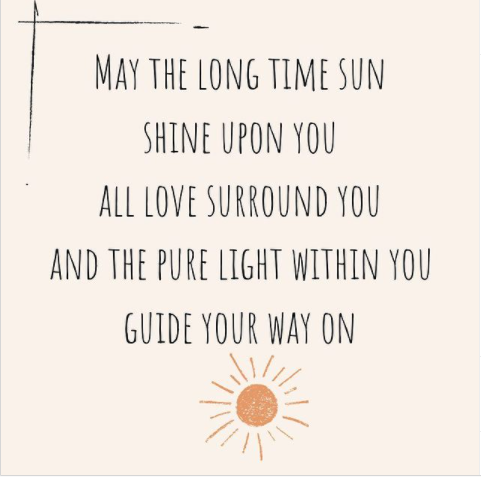
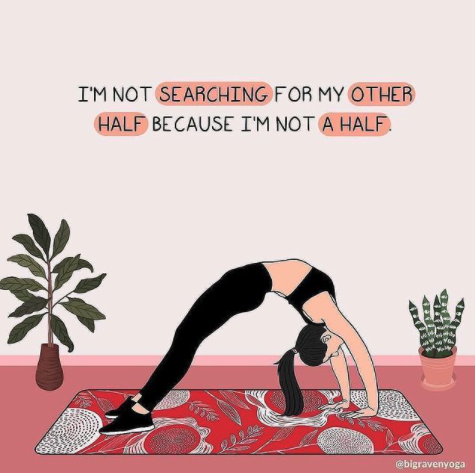



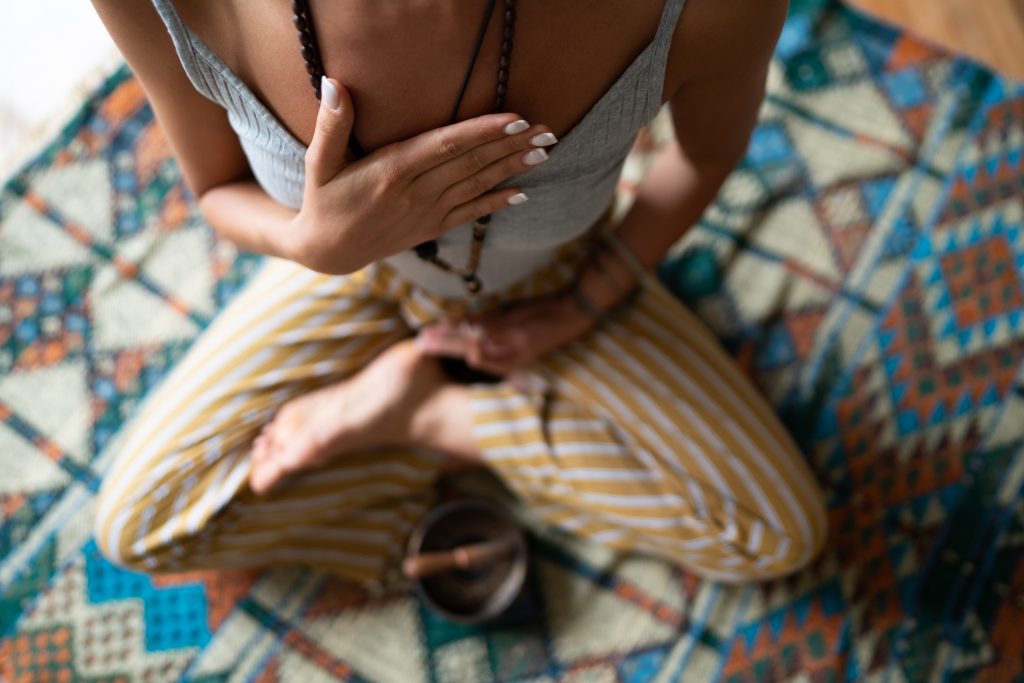
 Oftentimes, simply breathing is the solution to the symptoms that anxiety sufferers face. The racing thoughts, worries, lack of concentration, among other signs and symptoms, can all be better controlled by utilizing the breath. By paying attention to how you’re breathing, you can understand your breath while reducing any distractions or strains on the body. The best part, these exercises can be done anywhere.
Oftentimes, simply breathing is the solution to the symptoms that anxiety sufferers face. The racing thoughts, worries, lack of concentration, among other signs and symptoms, can all be better controlled by utilizing the breath. By paying attention to how you’re breathing, you can understand your breath while reducing any distractions or strains on the body. The best part, these exercises can be done anywhere. While recommended to practice in preparation for meditation, Alternate Nostril Breathing does wonders for your concentration in just a few rounds. Along with centering your body and mind, it’s an excellent technique for clearing your sinuses and improving your respiratory function. The practice has also been widely successful in
While recommended to practice in preparation for meditation, Alternate Nostril Breathing does wonders for your concentration in just a few rounds. Along with centering your body and mind, it’s an excellent technique for clearing your sinuses and improving your respiratory function. The practice has also been widely successful in 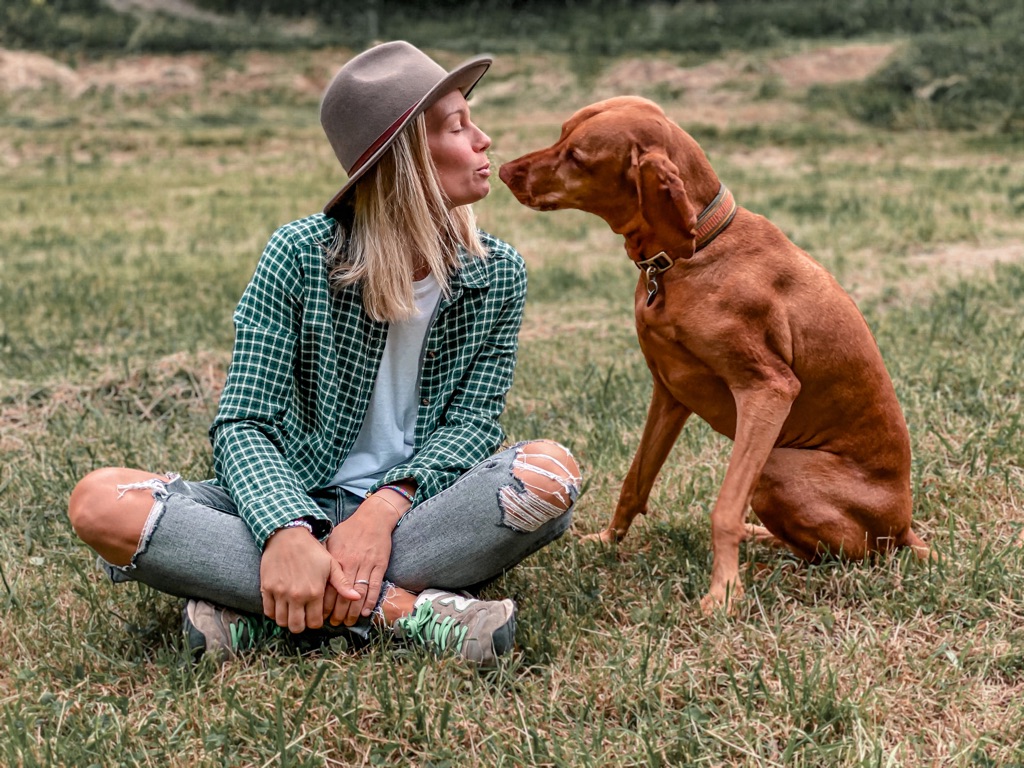
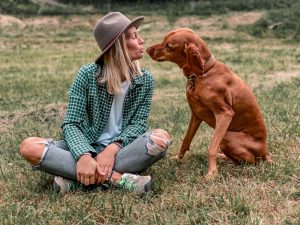
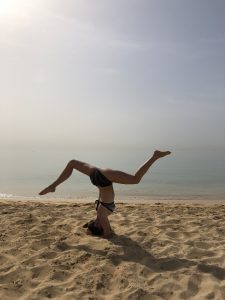
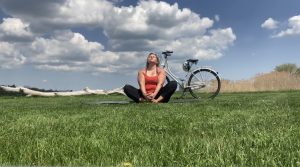 Jenifer graduated in April of 2021. In addition to the 200-hour teacher training course, Jenifer has completed the 200-hour Yin training and the 20-hour children’s yoga program. The online, self-paced program works well for her. Her favorite part is being able to look back at all the modules and recorded Zoom calls to reference materials later as she puts together classes. She’s currently teaching locally and online and has a client in France, who found her through social media.
Jenifer graduated in April of 2021. In addition to the 200-hour teacher training course, Jenifer has completed the 200-hour Yin training and the 20-hour children’s yoga program. The online, self-paced program works well for her. Her favorite part is being able to look back at all the modules and recorded Zoom calls to reference materials later as she puts together classes. She’s currently teaching locally and online and has a client in France, who found her through social media. Jena Radcliffe of Orefield, Pennsylvania in the USA
Jena Radcliffe of Orefield, Pennsylvania in the USA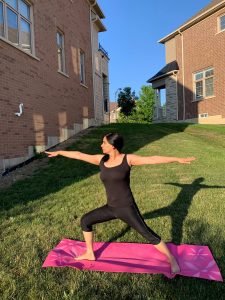 Surina Sharma Gambhir graduated from YogaRenew’s 200-hour program in June of 2021. Surina began looking for reputable online schools where she could study for her teacher training certification. She chose YogaRenew, because of the positive ratings from other students. She emailed a few previous graduates to get their feedback on the course and then chose to enroll. Surina loved how easily the course was laid out and that she didn’t have to wait long when she needed help. She really enjoyed the community and the help she received from YogaRenew’s student Facebook group. Through her Instagram, she has connected with yogis all over the world from the YogaRenew program.
Surina Sharma Gambhir graduated from YogaRenew’s 200-hour program in June of 2021. Surina began looking for reputable online schools where she could study for her teacher training certification. She chose YogaRenew, because of the positive ratings from other students. She emailed a few previous graduates to get their feedback on the course and then chose to enroll. Surina loved how easily the course was laid out and that she didn’t have to wait long when she needed help. She really enjoyed the community and the help she received from YogaRenew’s student Facebook group. Through her Instagram, she has connected with yogis all over the world from the YogaRenew program.
 Children’s yoga is more accessible than ever before since schools and day cares are adding the practice to their curriculums. With the
Children’s yoga is more accessible than ever before since schools and day cares are adding the practice to their curriculums. With the  When teaching young kids, it’s important not to take yourself too seriously. Kids learn through play, and you can’t teach them to play without practicing what you preach. This will quickly enable them to relate to you and to trust you.
When teaching young kids, it’s important not to take yourself too seriously. Kids learn through play, and you can’t teach them to play without practicing what you preach. This will quickly enable them to relate to you and to trust you. Just like adult students, every child will have a unique experience with yoga. From a purely physical standpoint, some kids will be more flexible, some kids will have a better sense of balance, and some will be able to progress faster than their peers.
Just like adult students, every child will have a unique experience with yoga. From a purely physical standpoint, some kids will be more flexible, some kids will have a better sense of balance, and some will be able to progress faster than their peers. 
 Letting go is a simple phrase, but the instruction isn’t. Even for the most seasoned yoga practitioners, relinquishing control, detaching from sense distractions, and demonstrating faith is a constant, daily practice that can ebb and flow between graceful diligence and downright frustration. The following paragraphs offer another perspective of letting go, plus suggestions for teaching this topic in a yoga class.
Letting go is a simple phrase, but the instruction isn’t. Even for the most seasoned yoga practitioners, relinquishing control, detaching from sense distractions, and demonstrating faith is a constant, daily practice that can ebb and flow between graceful diligence and downright frustration. The following paragraphs offer another perspective of letting go, plus suggestions for teaching this topic in a yoga class. LettingSo how does this all translate to an āsana practice? Yogic postures are tools for shifting our awareness from the actions of our bodies to the energetic levels of our souls. The reason why the postures should be steady (sthira) and comfortable (sukha) is so we can maintain them for meditation5. It all comes back to quieting our minds. In order to turn our attention within, we need to bring our minds under control so we can untangle ourselves from material lures.
LettingSo how does this all translate to an āsana practice? Yogic postures are tools for shifting our awareness from the actions of our bodies to the energetic levels of our souls. The reason why the postures should be steady (sthira) and comfortable (sukha) is so we can maintain them for meditation5. It all comes back to quieting our minds. In order to turn our attention within, we need to bring our minds under control so we can untangle ourselves from material lures.
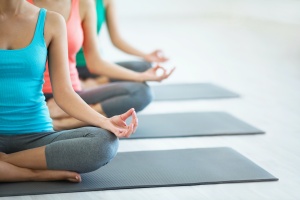 I’ve been there, too. When we have too much to pay attention to, it’s challenging to focus and establish better rhythms for ourselves. Sometimes too many unexpected changes happen all at once and it’s tough to scale back. But very often we can find some balance by managing our thoughts and changing our perspectives. The Yoga Sūtras offer practical teachings for
I’ve been there, too. When we have too much to pay attention to, it’s challenging to focus and establish better rhythms for ourselves. Sometimes too many unexpected changes happen all at once and it’s tough to scale back. But very often we can find some balance by managing our thoughts and changing our perspectives. The Yoga Sūtras offer practical teachings for 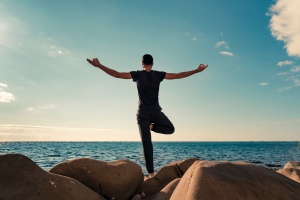
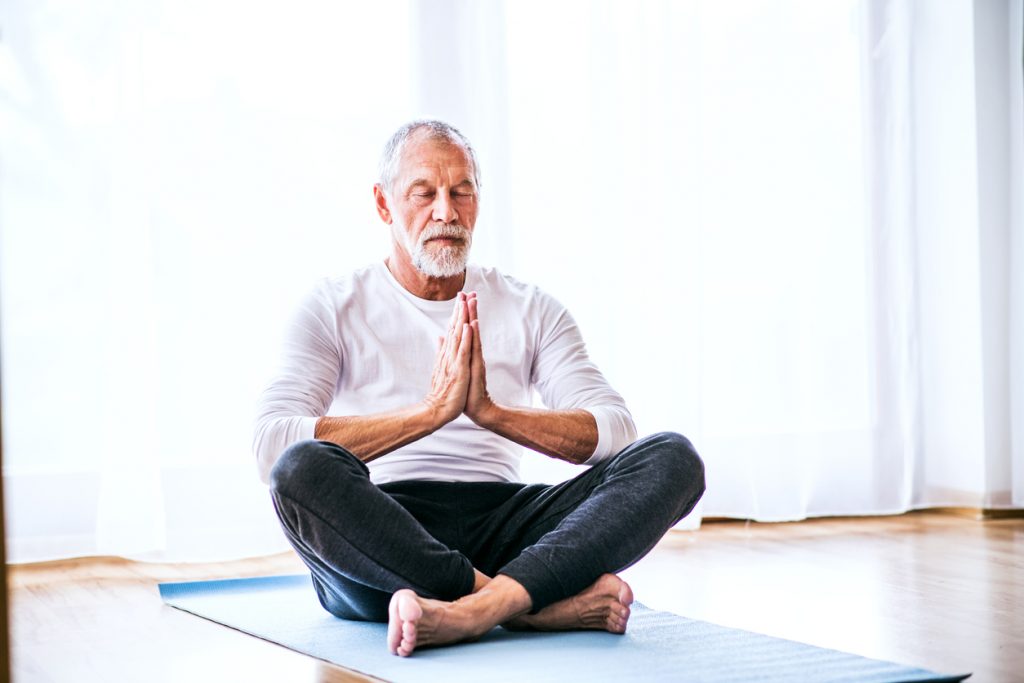
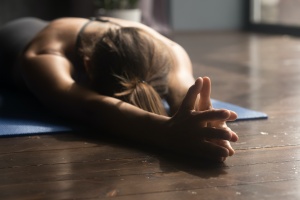 The Sanskrit word sraddha translates to faith or trust. But encased in this word is a deeper, more illuminating meaning. B.K.S. Iyengar describes sraddha as mental and intellectual firmness, which fosters an innate trust (1). Vyasa, an original commentator on the Yoga Sūtras, interprets sraddha as clarity of mind that sustains us as we move along with our yoga practice. When the mind is clear, truth reveals itself; With untainted vision, we can see the way forward and trust it (2).
The Sanskrit word sraddha translates to faith or trust. But encased in this word is a deeper, more illuminating meaning. B.K.S. Iyengar describes sraddha as mental and intellectual firmness, which fosters an innate trust (1). Vyasa, an original commentator on the Yoga Sūtras, interprets sraddha as clarity of mind that sustains us as we move along with our yoga practice. When the mind is clear, truth reveals itself; With untainted vision, we can see the way forward and trust it (2). As we work to transform ourselves and better the world around us, it’s normal and necessary to fall down from time to time, whether from the weight of doubt and despair, a wave of humility, or just exhaustion. But within spiritual work like yoga runs a river of grace. Each moment is an opportunity to examine ourselves, to course-correct, to try again, to make real change happen. If we give it the time faith will lead us somewhere special, towards authenticity, deeper empathy and compassion, so we truly become caretakers of each other. If we work to still our minds, truth will arise and reveal the next right steps.
As we work to transform ourselves and better the world around us, it’s normal and necessary to fall down from time to time, whether from the weight of doubt and despair, a wave of humility, or just exhaustion. But within spiritual work like yoga runs a river of grace. Each moment is an opportunity to examine ourselves, to course-correct, to try again, to make real change happen. If we give it the time faith will lead us somewhere special, towards authenticity, deeper empathy and compassion, so we truly become caretakers of each other. If we work to still our minds, truth will arise and reveal the next right steps.